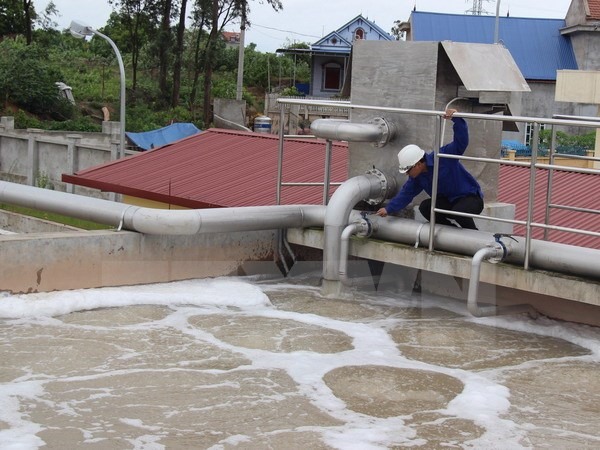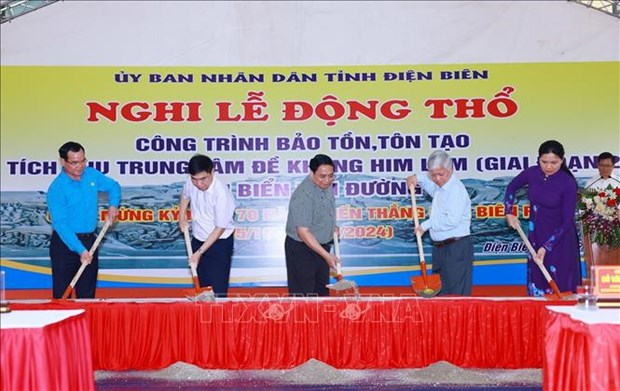 Environment
Environment

Hà Nội is calling for investment in wastewater treatment projects from 2016 to 2020 in a bid to protect the environment for sustainable development.
 |
| Hà Nội calls for more investment in wastewater treatment projects as part of the city’s key tasks in 2017 to protect the environment. — VNA/VNS Photo |
HÀ NỘI — Hà Nội is calling for investment in wastewater treatment projects from 2016 to 2020 in a bid to protect the environment for sustainable development.
These projects are in districts of Thanh Oai, Hoài Đức, Hà Đông and Sơn Tây.
They will be included in the list of projects to be presented at the city’s investment promotion conference slated for June.
With environmental protection one of the city’s key tasks in 2017, the municipal Department of Natural Resources and Environment will set up teams to co-ordinate with relevant agencies and localities in promptly dealing with problems in pollution control and environmental violations.
The department will also call for financial resources in solving environmental issues at local industrial parks and zones, urban areas and craft villages, including building wastewater treatment stations in 50 seriously polluting craft villages.
It will accelerate implementation of environmental projects, particularly solid waste and wastewater treatment projects in Hoài Đức District and Thanh Oai District, and a concentrated waste treatment in Chương Mỹ District.
Hà Nội has completed and put into operation wastewater treatment plants in Hoài Đức District and in the West Lake, with daily capacity of 20,000cu.m each, and started construction of a wastewater treatment facility in Yên Xá, with daily capacity of 270,000cu.m.
In the first quarter this year, the industrial solid garbage-burning station, with daily capacity of 75 tonnes, funded by Japan’s New Energy and Industrial Technology Development (NEDO) organisation, was put into operation at the Nam Sơn waste treatment area, raising the rate of hazardous industrial waste treatment to over 90 per cent. — VNS









